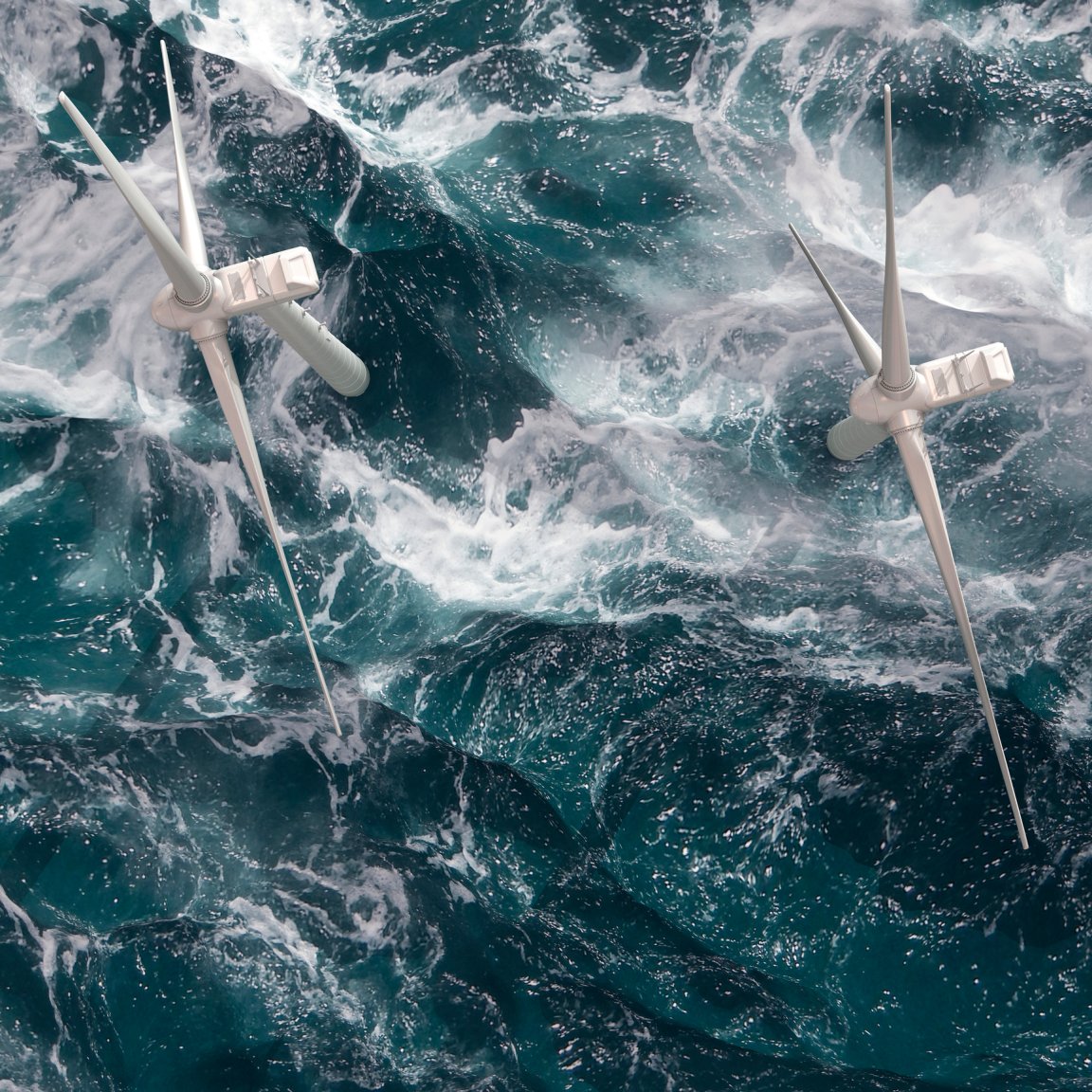
Far-Reaching and Inclusive
Setting goals to reduce carbon emissions and then figuring out a way to achieve those goals is difficult for any country. Now, imagine doing that for not just one nation but 139 of them.
That’s the enormous task a team of researchers led by Stanford University environmental engineer Mark Jacobson decided to take on. He and his colleagues built a roadmap for 139 countries across the globe that would lead to them relying solely on renewable energy by 2050, and they’ve published that plan today in Joule.

The 139 countries weren’t picked arbitrarily. The researchers chose them because data on each was publicly available through the International Energy Agency. Combined, the chosen nations also produce more than 99 percent of worldwide carbon dioxide emissions.
To develop their roadmap, the researchers first analyzed each country. They looked at how much raw renewable energy resources each one has, and then they determined the number of wind, water, and solar energy generators needed for that country to reach 80 percent renewable energy dependence by 2030 and 100 percent by 2050.
The researchers also calculated the amount of land and rooftop area such power sources would require, as well as how a transition to renewables could reduce each nation’s energy demand and costs. Aside from the energy sector, the team also took into account the transportation, heating/cooling, industrial, and agriculture/fishing/forestry industries of each of the 139 countries while creating their roadmap.

“Aside from eliminating emissions and avoiding 1.5 degrees Celsius [2.7 degrees Fahrenheit] global warming and beginning the process of letting carbon dioxide drain from the Earth’s atmosphere, transitioning eliminates 4-7 million air pollution deaths each year and creates over 24 million long-term, full-time jobs by these plans,” Jacobson said in a press release.
“What is different between this study and other studies that have proposed solutions is that we are trying to examine not only the climate benefits of reducing carbon but also the air pollution benefits, job benefits, and cost benefits,” he added.
Benefits Beyond the Climate
As each of these 139 countries is unique, their paths to 100 percent renewable energy are necessarily unique as well. For instance, nations with greater land-to-population ratios, such as the U.S., the E.U., and China, have an easier path to renewable dependence and could achieve it at a faster rate than small but highly populated countries surrounded by oceans, such as Singapore.
For all countries, however, the goal is the same: 100 percent dependence on renewables.
According to the study, this transition would lessen worldwide energy consumption as renewables are more efficient than their fossil fuel-powered counterparts.
It would also result in the creation of 24 million long-term jobs, reduce the number of air pollution deaths by 4 to 7 million annually, and stabilize energy prices. The world could potentially save more than $20 trillion in health and climate costs each year.
And these 139 nations now know exactly what they need to do to reach this goal and all the benefits that come with it.
“Both individuals and governments can lead this change. Policymakers don’t usually want to commit to doing something unless there is some reasonable science that can show it is possible, and that is what we are trying to do,” Jacobson explained. “There are other scenarios. We are not saying that there is only one way we can do this, but having a scenario gives people direction.”
For co-author Mark Delucchi from the Institute of Transportation Studies at the University of California, Berkeley, the study sends a very clear message: “Our findings suggest that the benefits are so great that we should accelerate the transition to wind, water, and solar, as fast as possible, by retiring fossil-fuel systems early wherever we can.”